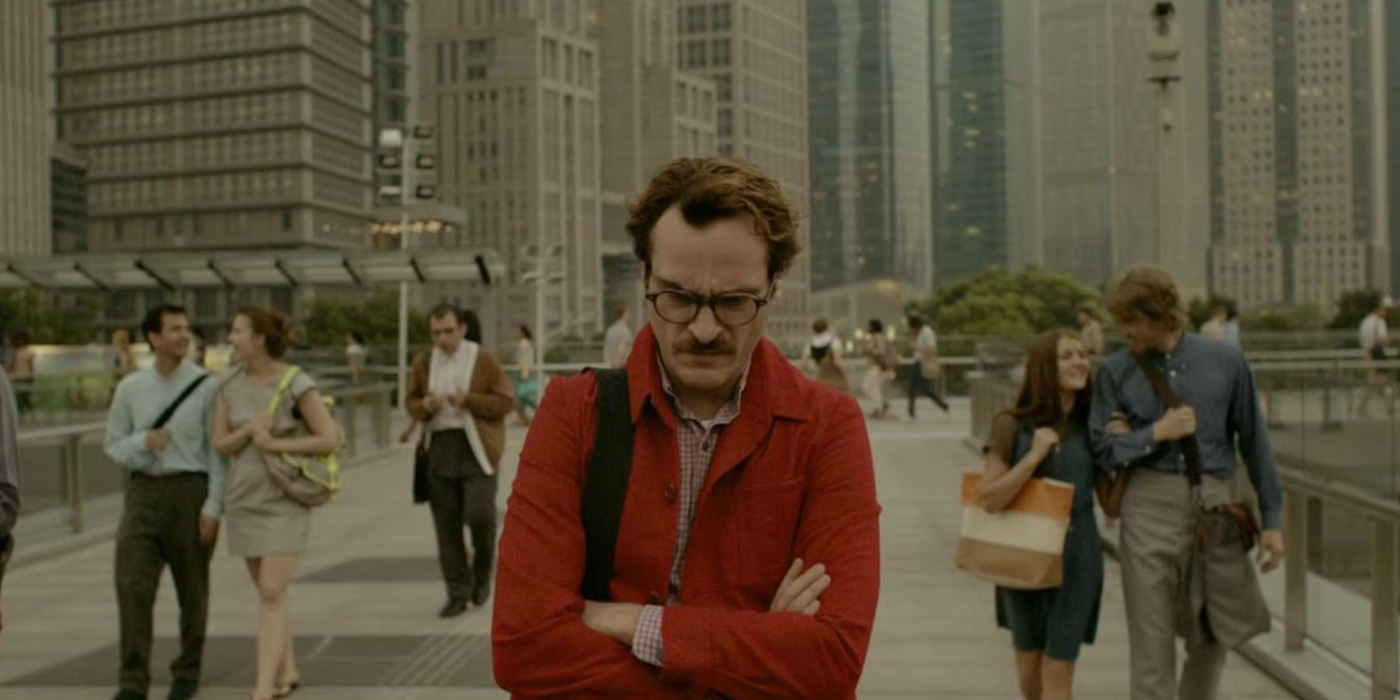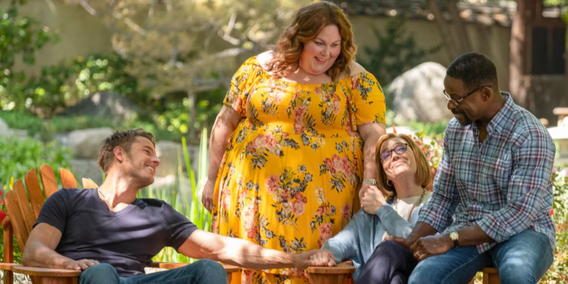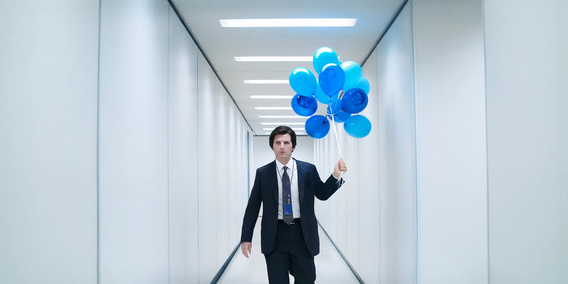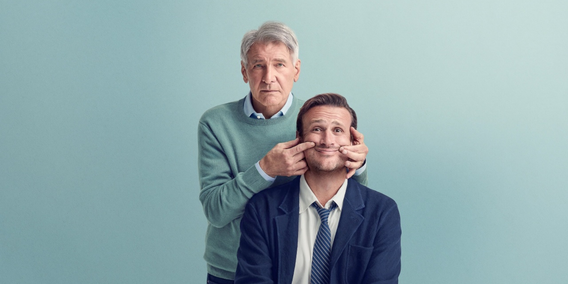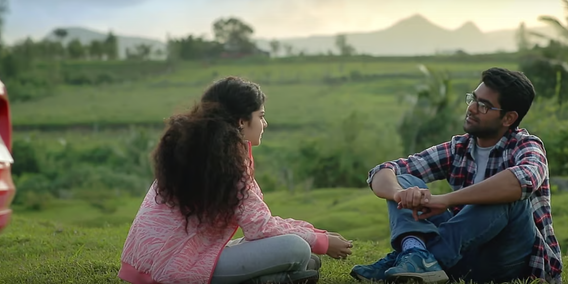We're the Most Connected Generation Ever—So Why Do We Feel So Alone?
As a therapist, one of the things I repeatedly notice—in therapy and beyond—is how ridiculously difficult it has become for people to sit with vulnerability. We live in a time where emotions run deep, and we've got plenty of them, yet the act of expressing them often feels terrifying.
Many of us have grown up seeing and experiencing too much, too soon. Think about it: unstable family dynamics, financial hardship, messy breakups, broken trust, constant exposure to the world's horrors, trauma, betrayal... I could go on.
Why We're All Emotionally Overloaded
This overstimulation and overexposure to things (we probably weren't ready for) have led to overwhelming feelings without the capacity to process them. Those feelings can show up in so many ways—sadness that feels bigger than the moment, anger that flares up unexpectedly, anxiety that tightens your chest, or even a dull, constant sense of emptiness or numbness.
Sometimes it's guilt or shame for things that aren't really your fault, or frustration that life isn't going the way you expected. Other times it's a jumble of emotions all at once—grief, longing, fear, regret—so tangled that it feels impossible to name or separate them. We were kids carrying weights our nervous systems weren't even equipped to hold yet. And when your emotional backpack is that heavy that early on, you learn one trick real fast: protect yourself.
The Netflix Defense Mechanism (We All Know Too Well)
And for many, that has meant emotional numbing. Whenever I'm overwhelmed by reminders of a breakup, I catch myself indulging in the longest Netflix marathons and constantly surrounding myself with people to shut those voices in my head. It's like putting anesthesia on your inner world—a defense mechanism in which the mind reduces its emotional intensity to prevent further pain.
We prefer not feeling too much, not expressing too much. We'd rather feel safer with surface-level emotions and experiences. Unfortunately, we can't selectively numb our feelings. The brain doesn't have a switch for "just the sad stuff"—it processes feelings through shared systems. The same parts of us that feel heartbreak are also the ones that feel joy, excitement, and love. So when we shut down pain, we end up turning down the volume on everything else, too, making all emotions weaker.
Now, sure, you can't feel the pain, but you also can't feel the joy, the excitement, or the butterflies either. And while that survival strategy might sound kind of convenient (like, "finally, no more emotional rollercoaster!"), It turns life into a flat, muted version of itself. Happiness doesn't last too long. Everything comes with a hint of "Oh, this isn't even that big of a deal" or "But I should have had something better."
Why Your Brain Treats Loneliness Like Physical Pain
Consequently, the fear of feeling too much leads to a fear of being vulnerable or even holding space for others to be vulnerable. Not because we don't feel deeply, but because we feel too deeply and have never been taught how to hold that depth. The work, then, is learning to hold our feelings differently—to make sense of them instead of running, to let ourselves experience them without judgment, and to fold them into our story without letting them become the whole of who we are.
When we see emotions in context—as signals rather than definitions—they feel less overwhelming. They become something we can notice, name, and look "at" rather than "from." This way, we can keep making choices with intention, carrying our feelings with us without letting them drive the whole journey.
Here's the psychological bit: human beings are wired for connection. Evolutionarily, survival depended on belonging to the group. Thousands of years ago, living alone wasn't an option. You needed your tribe to hunt, protect you, share food, and raise children. If you were pushed out or abandoned, your chances of survival were basically zero.
Because of that, our brains evolved to see connection as safety and disconnection as danger. That wiring is still in us. Even now, disconnection is registered in the brain as a threat, activating stress responses similar to physical pain. Hence why rejection or loneliness hurts so much more than it "should." It's not just sadness—it's your nervous system going into alarm mode: "I might be unsafe here."
That's also why people sometimes cling to relationships that aren't good for them, mistake intensity for love, or tolerate less than they deserve: because deep down, our system treats any connection as safer than none.
The Shame Trap That Keeps Us Stuck
This is where shame comes in. As Brené Brown describes, shame is the fear of disconnection—the fear that "if someone sees the real me, I will not be worthy of love or belonging." But here's the catch: to experience true connection, we need to let ourselves be seen. If we fear being unworthy, we will avoid anything that means being truly seen. In short, we avoid the very vulnerability required to foster intimacy.
When we feel unsafe to be vulnerable, we rely on avoidance strategies that seem familiar to us. We do everything to feel a sense of certainty. Sometimes, we may strive for perfection to avoid feeling internal disappointment or rejection. Or we befriend nonchalance to avoid the burden of being responsible for hurting others. We keep conversations superficial to avoid risking real intimacy. It feels safer to either control or distance ourselves than to feel: "What if I show up fully and they reject me?"
These strategies work... but only temporarily. They provide us with the illusion of feeling safe, but they lead us into the deep hole of isolation.
What Our Childhood Taught Us About Feelings
Let's look at this developmentally. Children who face overwhelming experiences before they have developed the ability to make sense of them often grow into adults who associate vulnerability with danger. That child's nervous system learns: "Feeling too much is unsafe." So, as adults, when there's an opportunity to be vulnerable—whether in love, friendship, or self-reflection—the body immediately begins to protect itself by pulling away, avoiding, detaching.
Vulnerability is essentially nothing but the willingness to show up without guarantees. And this made me think about how my role as a therapist lies in creating a space for vulnerability to be safe enough to feel. Therapy becomes a space where we can slowly rehearse the risk of being seen for who we are, risk feeling again, risk connecting. It's where you get to test what it's like to show your feelings without them being judged or shut down. It's where shame gets named instead of hidden, and numbness can slowly, carefully thaw.
Through this process, clients begin to learn a new truth: I can be seen and still be loved.
Our generation is caught in this weird contradiction—we avoid being seen and feeling, yet we crave connection more than ever. But today, it's almost cool to not have feelings. And yes, I know: to love is terrifying. To say, "This matters to me" is scary. To admit, "I'm scared" or "I need you" can feel unbearable.
At the end of the day, none of us are getting out of this life without feeling something. If vulnerability feels terrifying, that's probably a sign you're human and not a robot (congrats!). And while robots might avoid heartbreak, they also miss out on ugly laughs, tight hugs, and that ridiculous joy of falling in love with a song on repeat.
Personally? I'll take the messy human version.
Ready to Feel Connected Again?
If loneliness, numbness, or the fear of vulnerability feels familiar, therapy can help. At The Thought Co., we create safe spaces where you can unpack your story, name what feels overwhelming, and relearn how to connect—both with yourself and with others.
Book a Therapy Session →
